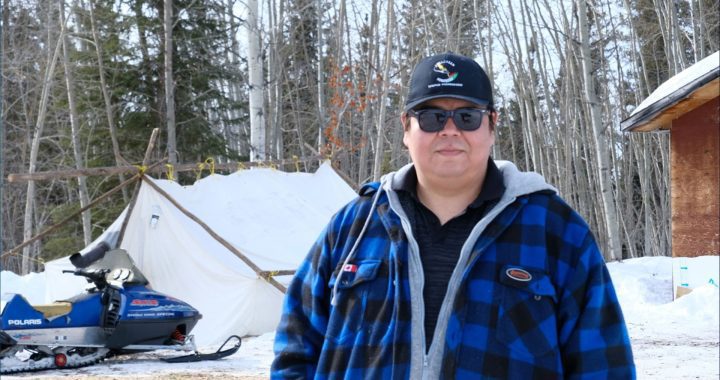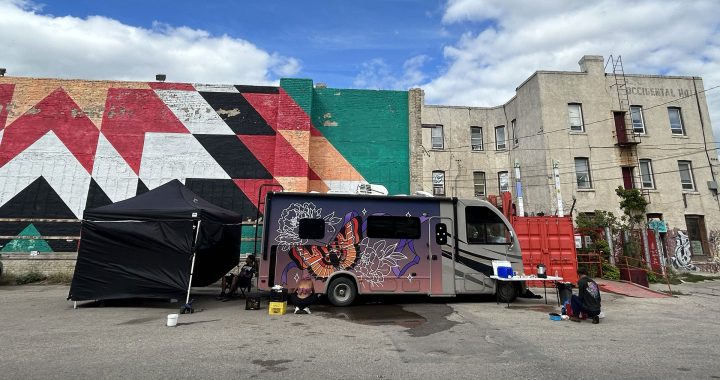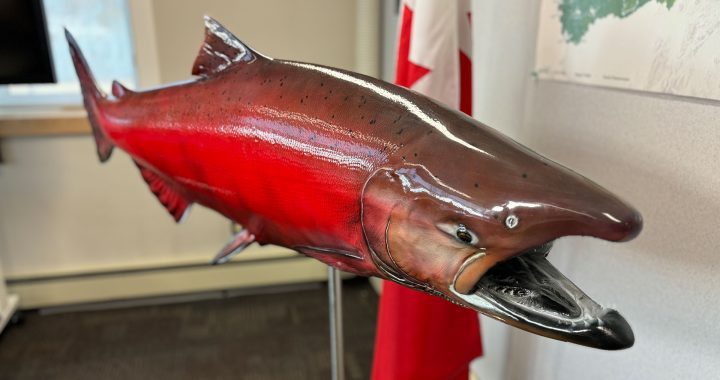Cara McKenna
APTN National News
The leadership of two northern B.C. First Nations are enacting their own laws to protect their territories in a move that could have a far-reaching impacts on Indigenous rights and resource development across Canada.
Chiefs and councillors from the Nadleh Whut’en and Stellat’en First Nations proclaimed the province’s first Aboriginal water management regime in Vancouver last week.
They are believed to be the first communities in B.C. to ever put their time-old tribal laws to paper.
Nadleh Whut’en elected Chief Martin Louie, speaking on behalf of hereditary leaders, said the decision was triggered by the nations’ fight with Enbridge to protect its land from the company’s proposed Northern Gateway pipeline.
But the legislation applies to numerous other projects including mining and the massive Site C hydroelectric dam.
“If anyone wants to do business in the Nadleh Whu’ten land and territory, you’ll abide by our laws,” he said.
“For the last thousand years, we haven’t changed in any way, the only change that you see today is that our laws are on paper.”
The written legislation outlines the consultation, assessment and management that the leaders believe will be necessary to protect the water in salmon in their territories’ numerous freshwater lakes, rivers and streams.
Both communities are already feeling the impacts left behind by big industry and their leaders say that now any future projects must follow their rules.
Stellat’en Coun. Tannis Reynolds (Dzih Bhen) said her community is trying to find energy alternatives because there is already so much damage in their territory from the Endako Mine and Rio Tinto Alcan’s Kenney hydroelectric dam.
“Even our tap water isn’t good, it’s contaminated with arsenic, people have skin deficiencies, they’re losing their hair,” she said.
“We need clean water in our communities. It’s so important on so many levels, and we’re all hoping and praying that this will make a difference.”
Union of B.C. Indian Chiefs Grand Chief Stewart Phillip said the policy is a reflection of a multitude of Supreme Court decisions for Indigenous rights that culminated with the landmark Tsilhqot’in Nation land claim victory in 2014.
The high court decision to give Tsilhqot’in rights to more than 1,700 square km of land was hailed as a game-changer for bands across Canada, and the residual impacts of the case are now beginning to be seen.
“The Tsilhqot’in decision was half of the story,” he said.
“This is the other half of the story, where the principles of the Tsilhqot’in decision are incorporated into tribal indigenous nations standing up their own traditional laws.
“The one word to describe this document is consent, and it’s going to have an enormous impact on major resource development.”









